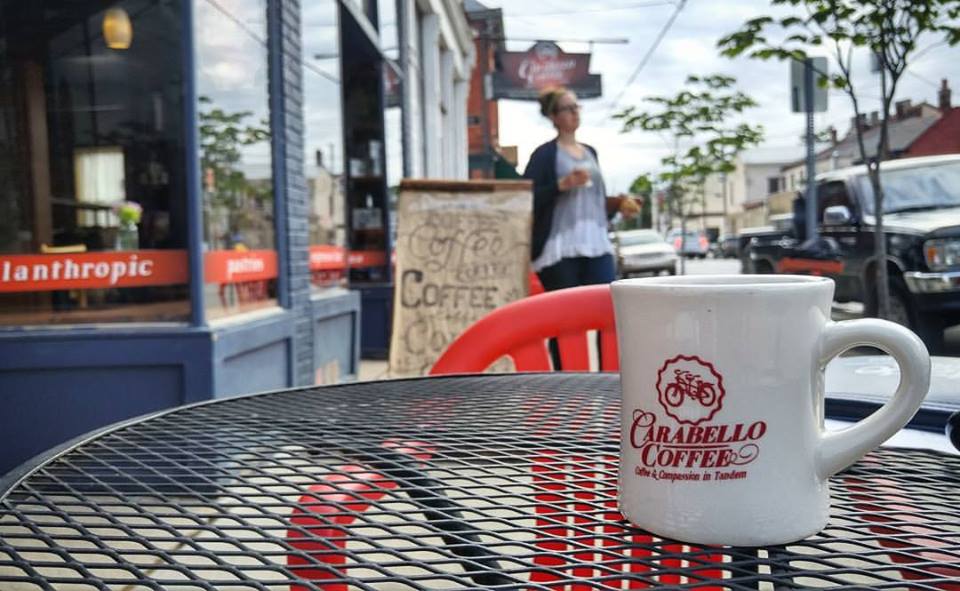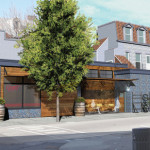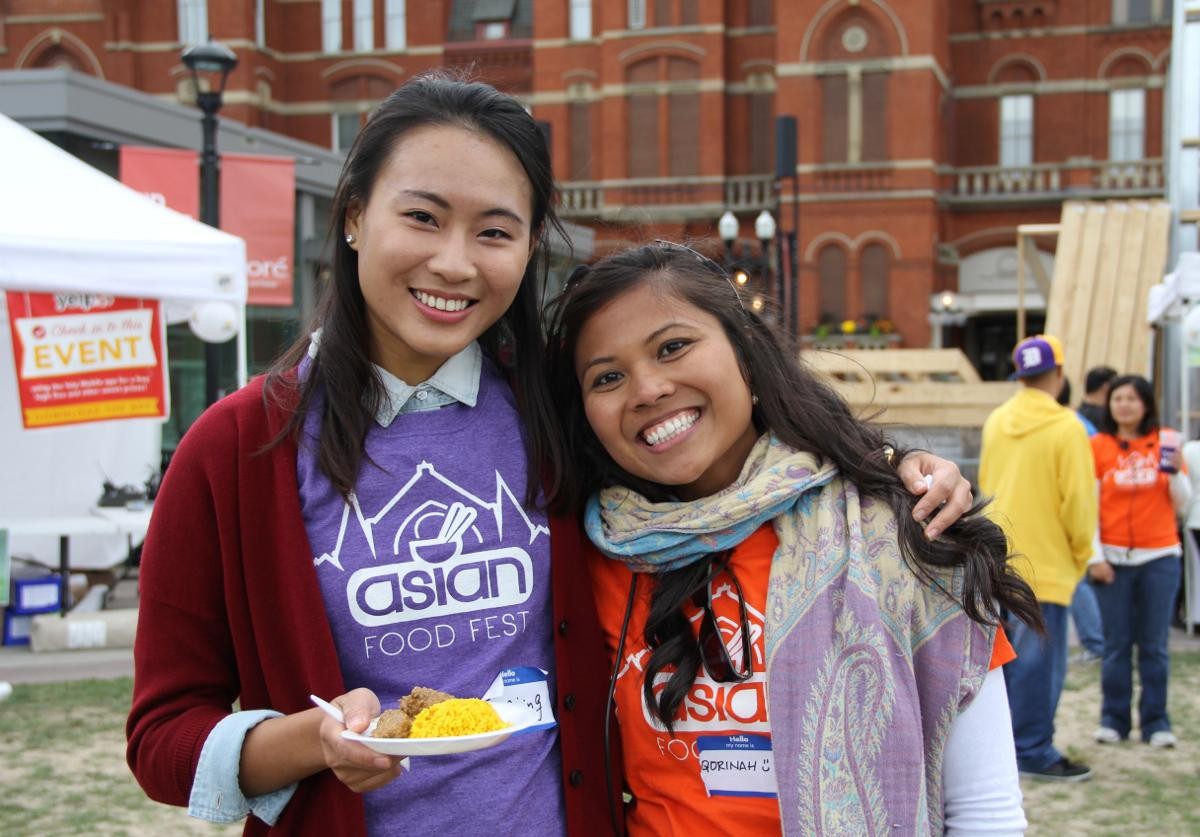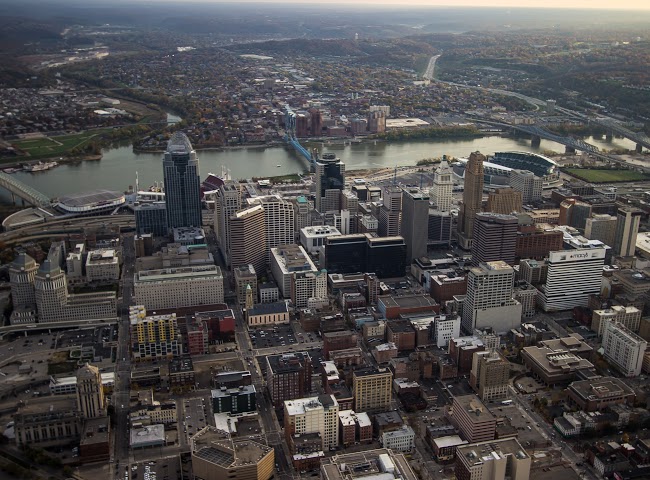Tucked away beneath the Schmidlapp Event Lawn at Smale Riverfront Park is a great resource for the local cycling community. The Cincinnati Bike Center serves downtown commuters, as well as tourists and locals who may want to take a spin around riverfront parks and urban neighborhoods.
The bike center opened with the first phase of the park four years ago. Located at 120 East Mehring Way, the facility is built into the park structure at the bottom of the Walnut Street Steps, which features a bike runnel for easy movement between levels of the park, and operates in this location under contract with Cincinnati Parks.
Brady Willenbrink, who has served as the manager for the past year-and-a-half, told UrbanCincy that he is setting out to increase public awareness of the center and its many services.
While the center does not sell bicycles, it does operate as a repair shop, performing small fixes such as tire replacements and minor adjustments, or larger jobs like full tuneups and part replacements. Some cycling apparel and accessories are available for sale.
The original vision for the facility was to serve as a commuter station for downtown workers. Such an operation was seen as being similar to the famed McDonald’s Bike Center in Chicago’s Millennium Park. In fact, Cincinnati’s concept even used the same operator and hired the director of Chicago’s center to come and run the new outpost along Cincinnati’s central riverfront.
Over the past four years the Cincinnati Bike Center has signed up just 30 members – a number they say continues to grow. True to the original vision, those commuting members have 24 hour access to a secure, camera guarded space with bike racks and locker rooms. Members are also provided with 20% discounts on repairs, apparel and most other services offered at the CBC.
“They get a locker, take a shower, clean up, go to work, come back, change into their bike clothes and go home,” Willenbrink explained.
Commuters may join with monthly or annual memberships, and the option to use the station on a daily basis is available for occasional commuters or those wishing to try out the facility. Riders also can take advantage of bike valet parking in the secure space during Cincinnati Reds baseball games at the nearby Great American Ball Park. This service is open to all, not only members, and costs just $1 per bike.
It is these more temporary service offerings, however, that have proven to be most popular. Of those, none has been more well-received than the bike rentals offered at the facility.
The resounding popularity of Smale Riverfront Park has made it a day or weekend destination for many visiting the center city since it has opened. With a variety of bikes available by the hour or by the day – including cruiser, road, electric assist, kids, tandem bikes, and bikes that are driven by hand-powered cranks for free use by the disabled. In addition, the center’s small, large, and extra large ‘Quadcycles,’ which have four wheels and seat up to nine people, have been extremely popular with families and other large groups.
Taking lessons from this, the Cincinnati Bike Center has established several popular bicycle and Segway tours. These are scheduled daily along several routes throughout the center city and even extend into Northern Kentucky.
While the center’s operators are hopeful the completion of the Ohio River Trail to the city’s eastern and western suburbs will bolster commuter memberships, Willenbrink says that they will also build on their strengths by soon hosting group bike rides one Friday per month that will be open to the public.
Detailed information on those rides, he says, will be shared soon through their social media pages.
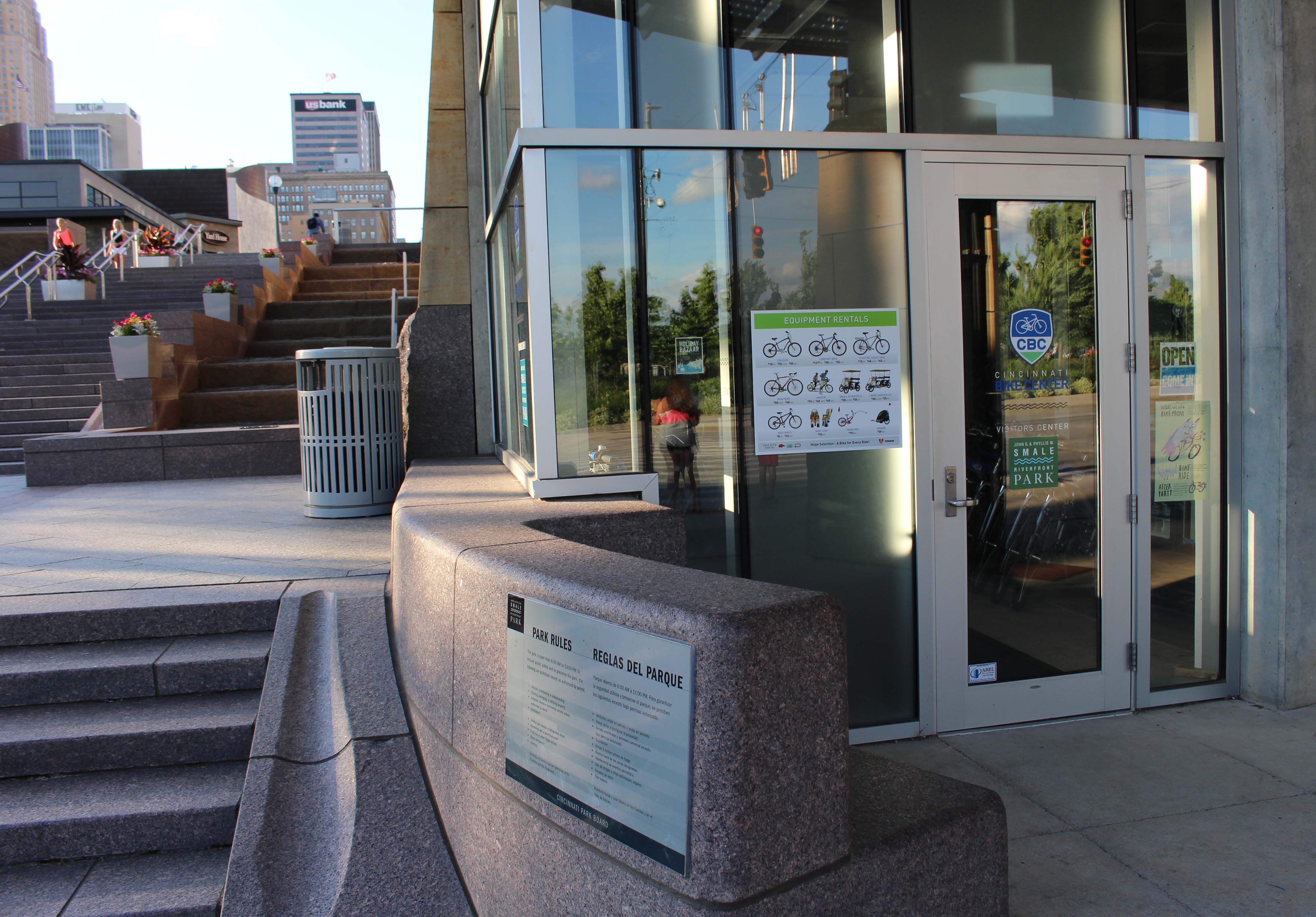
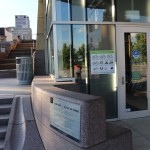
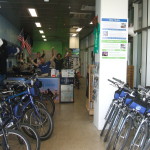

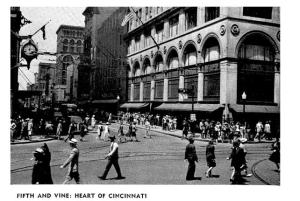 The walking tour is inspired by
The walking tour is inspired by 